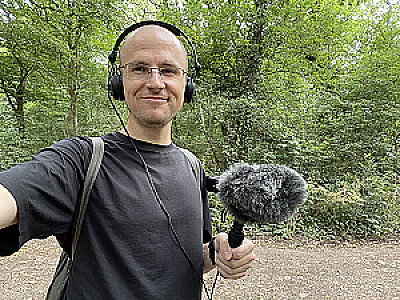How To Overcome The Bully In Your Brain
Description
Vocal Characteristics
Language
EnglishVoice Age
Young Adult (18-35)Accents
British (England - Cockney, Estuary, East End) British (England - East Anglia, Cambridge, Hertfordshire) British (General)Transcript
Note: Transcripts are generated using speech recognition software and may contain errors.
often with our belief systems, we can hold a belief about something so readily because we trust that the evidence presented to us is unquestionable. So therefore, why would we consider an alternative viewpoint on that belief? A fantastic example of believing something to be plainly obvious. And in actual fact, the complete inverse is true is the story of Abraham Wald and his team of mathematicians and statisticians. Born in 19 oh two, Wald graduated in mathematics and eventually came to lecture in economics in Vienna as a Jewish family of old and his family faced persecution from the Nazis. And so they immigrated to the U. S. A. When he was offered a university position at Yale during the Second World War, Wald was a member of the statistical research group SRG, a team of some 18 of the world's leading mathematicians and statisticians based at New York's Columbia University. The SRG focused on trying to solve complex military problems using research methodology. One problem the U. S military faced was how to reduce the number of downed aircraft and subsequent casualties that would cause they researched the damage received to the planes returning from conflict, asking the returning pilots to mark on a card the places on their planes where they had received damage from enemy bullets by mapping out damage. They found their planes were receiving most bullet holes to the wings and tail. It was looking like the cockpits and engines were spared to the U. S. Military's high command. The deduction drawn from these data was simple. The wings and tail are obviously vulnerable to receiving bullets, and they need to increase our more to these areas. Knowing that you could not armour the whole plane due to the weight that would add to a plane, it became glaringly obvious that they must recommend reinforcing just the vulnerable areas on a plane. It was at that point that bald stepped in. His conclusion was surprising. Don't armour the wings and tail arm of the engine bolds. Incredible insights and reasoning had been based on understanding what we now term survivorship bias. In the case of the U. S. Military, they were only examining the planes that had returned to the base following a conflict or, in other words, the planes that were not shot down by the enemy. What the drawings of bullet holes actually showed was the areas their planes could sustain damage and still be able to fly home
